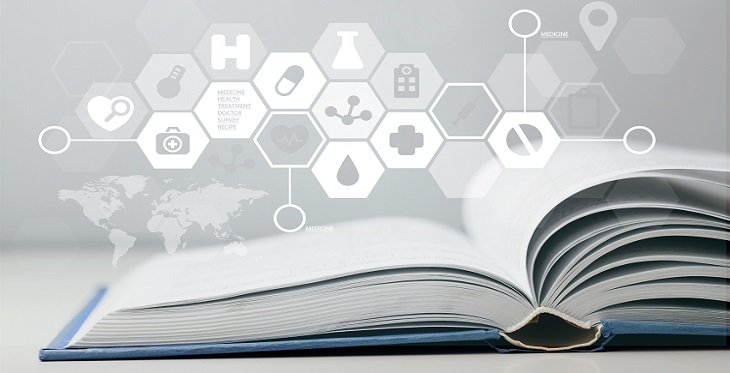Telemedicine involves monitoring patients, exchanging medical information and analyzing the results of various clinical exams. These exams are examined and handed digitally, giving invaluable support to traditional medicine. Telemedicine is already used worldwide, in a very safe and legal manner, complying with medical legislation and standards. With the utilization of data technologies that add quality and speed within the exchange of information, doctors can make decisions with greater agility and precision. Through telemedicine, specialists can access exams from anywhere within their practice jurisdiction, using platforms such as computers and mobile devices, like smartphones and tablets. This article provides an overview of 6 essential telemedicine books that are useful to help those interested in telemedicine improve their understanding of the field.
- Fundamentals of Telemedicine and Telehealth, by Shashi Gogia (editor)
Gogia’s book offers a summary of the utilization of ICTs (Information & Communications Technology) to diagnose, treat and monitor health problems, especially for people living in remote and underserved areas. The book deals with issues like digitizing patient records, infrastructure specifications, available resources, project planning for telehealth and first care, and advanced applications. Academic Press, 2019, ISBN: 978-0-12-814309-4
- Understanding Telehealth, by Karen Rheuban & Elizabeth Krupinski (editors)
A detailed guide to the fast-expanding telehealth market, this book places healthcare options at the hands of patients and physicians in real-time, from email to video conferencing. The book discusses how clinical systems are improving health care delivery using telehealth technology. The book also looks at the essential telehealth concepts and discusses the security concerns involved within the diagnosis and care of patients by electronic communication. McGraw-Hill Education, 2017, ISBN: 978-1259837401
- Telemedicine and Telehealth 2.0: A Practical Guide for Medical Providers and Patients, by Victor Lyuboslavsky
This compiles an in-depth account of telemedicine throughout its short history. The book is a summary of the key telemedicine modalities, and serves as a practical guide that explains how the medical providers of today are making the best use of telehealth services. It addresses the advantages and drawbacks of telemedicine storage and referral, real-time telemedicine and remote patient monitoring. CreateSpace Independent Publishing Platform 2015, ISBN: 9781515135708, 1515135707
- Telemedicine Technologies: Information Technologies in Medicine and Telehealth, by Bernard Fong, ACM Fong & CK Li
This book focuses on how medical knowledge is transmitted safely over wireless communication networks. Fong describes how systems are configured for transmitting medical information in various circumstances, using conventional wireless LAN (local area network) systems and wireless broadband access systems that are readily accessible. It addresses issues like networks and systems of communication, patient management, IP (intellectual property), device implementation, data protection and privacy. John Wiley & Sons Ltd 2011, ISBN: 978 0 470 74569 4
- History of Telemedicine: Evolution, Context, and Transformation, by Gary William Shannon & Rashid Bashshur
In the never-ending search to provide equal access to health care and reshape the healthcare environment, this book documents the expansion of telemedicine, while assessing quality and costs. The authors explore the rich past of telemedicine and tell its history from its beginnings to the current day, documenting its continuity and progression, its numerous developments and therefore the context that has sustained interest and growth during this sort of help and continues to direct its transformation within the future. Mary Ann Liebert 2009, ISBN: 9781934854112, 1934854115
- Telemedicine Technologies: Big Data, Deep Learning, Robotics, Mobile and Remote Applications for Global Healthcare, by Hemanth D. Jude & Valentina Emilia Balas (editors)
This book provides in-depth guide that walks the reader though all the methodologies, principles and mechanisms that can make telemedicine systems more user-friendly. The book also focuses on presenting examples of remote healthcare systems, illustrating the side of information processing that is commonly called the backbone of each telemedicine network. Academic Press 2019, ISBN: 978-0-12-816948-3
Telemedicine can make an enormous difference and become an ally in providing qualified and efficient assistance to individuals requiring healthcare. The publications discussed in this article are the right place for self-starters or already practicing professionals!

